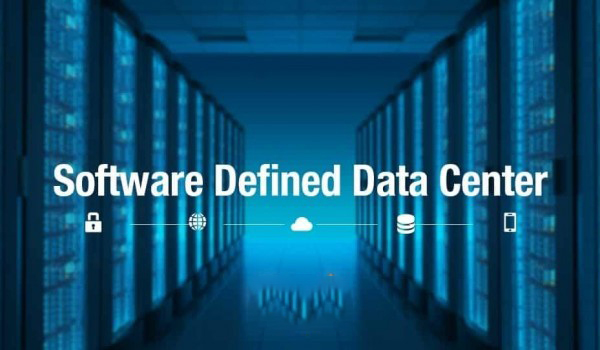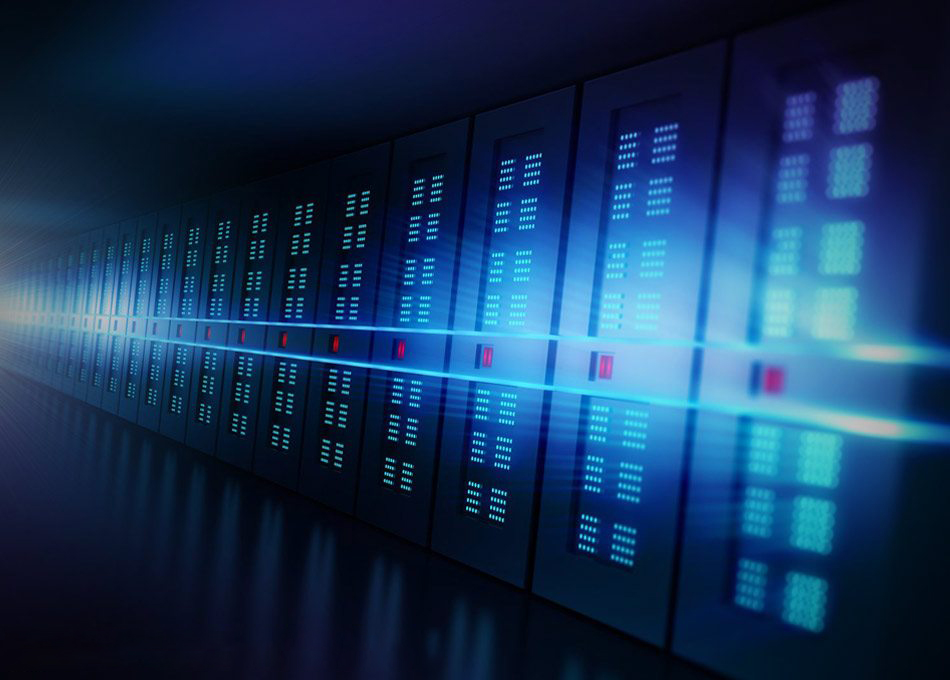What is a Software-Defined Data Center (SDDC)?
Are you looking to improve your IT agility? Is scaling up your physical data center too slow and cumbersome? A software-defined data center (SDDC) might be what your company needs to accelerate your IT service delivery. SDDCs resemble traditional data centers, with some notable differences, particularly through their use of virtualization, abstraction, resource pooling, and automation.
What is a Software-Defined Data Center (SDDC)?
Software-defined data center (SDDC) refers to a data center where infrastructure is virtualized through abstraction, resource pooling, and automation to deliver Infrastructure-as-a-service (IAAS). Software-defined infrastructure lets IT administrators easily provision and manage physical infrastructure using software-defined templates and APIs to define and automate infrastructure configuration and lifecycle operations.
Software-defined data centers are considered by many to be the next step in the evolution of virtualization, container, and cloud services.

How does it work?
Just like any software-defined IT resource, the separation of control and data levels plays an important role in SDDCs: All control functions are abstracted in advance from the integrated hardware and implemented in higher-level software, which then functions as the control center (or “Control Plane”) of the virtual data center. It takes over all tasks that go beyond simple data processing at the data level (“Data Plane”) – for example, determining where an application or a certain process is executed, which path a data package should take, or exactly where files should be stored.
Communication with the various devices works through standardized protocols like OpenFlow, BGP (Border Gateway Protocol), or NETCONF. These enable the control plane to uniformly control and expand the functions of the hardware components, regardless of which manufacturer they come from. In addition, it is not necessary to implement changes on each individual device, since the corresponding information can also be passed on centrally – with just a few clicks, or even automatically, through the software-defined data center’s control software.
The Benefits of a Software-Defined Data Center
Based on its unique features, a software-defined data center allows organizations to obtain more flexible and rapid business deployment, management, and implementation at a lower cost.
Improve Business Agility
With infrastructure management, automation, and service orchestration functions, SDDC eliminates physical hardware dependency and enables resource provisioning in real-time, which can handle dynamic workloads and respond quickly to fluctuating business demands. To be more specific, the time to deploy and provision resources can be significantly reduced. And it no longer takes a long time to provide more storage capacity for applications and modify physical networking.
Increased Scalability
SDDC enables the dynamic scalability of resources based on business needs. The cloud-based SDDC allows organizations to scale up or down functionality as needed to meet changing demands. Increasing or decreasing IT resources, such as data storage capacity, processing power, and networking, is pretty simple. SDDC offers unlimited scalability. There is no need to worry about freeing up more space to meet growing business needs.
Cost Efficiency
An SDDC can help reduce costs. Traditional data centers require additional IT manpower, expensive equipment, time, and maintenance. While software-defined data centers can avoid large capital expenditures. For example, SDDC pools resources, which improves infrastructure utilization and reduces the costs of new infrastructure purchases. Better utilization also means reduced expenses of electricity, cooling, etc.
Simplified Data Center Management
SDDC can be managed through a central dashboard, allowing IT users to monitor data, update systems, and allocate additional storage resources. Compared to traditional data centers, which may require multiple IT tools, applications, and software to manage, SDDCs make data center management much simpler.

Components of an SDDC
Virtualization is central to the software-defined data center. There are three major SDDC building blocks:
- Network virtualization combines network resources by splitting the available bandwidth into independent channels that can each be assigned – or reassigned – to a particular server or device in real-time.
- Storage virtualization pools physical storage from multiple network storage devices into what appears to be a single storage device managed from a central console.
- Server virtualization masks server resources, including the number and identity of individual physical servers, processors, and operating systems (OSes), from server users. The intention is to spare users from managing complicated server-resource details. It also increases resource sharing and utilization, while maintaining the ability to expand capacity at a later date.
Why having a Software-Defined Data Center is so important
To illustrate the value of SDDCs, let’s first consider a traditional data center. In such a data center, the organization’s IT infrastructure, including servers, storage, and networking, is hosted centrally in on-premises setups or the cloud.
In a traditional data center, you’re limited by the physical attributes of the available IT resources. Under such an environment, adding new resources can be time-consuming and painstakingly complex because you have to perform IT operations manually. For example, if you need more capacity, you have to rack and stack the servers, connect several cables, and load multiple applications, including operating systems (OSs), databases, and web servers.
Unlike a traditional data center, an SDDC relies on virtualization technologies to abstract all the physical data center resources. This provides highly agile, cost-effective, scalable, and portable virtual computing, storage, networking, and security. Ultimately, this agility – which also impacts the business’s bottom line – is why organizations are increasingly embracing SDDC. Scaling the data center horizontally is easier with a software-defined data center.

Challenges
Before you implement an SDDC, be sure you understand the potential challenges that could jeopardize your return on investment.
The primary hurdle is gaining cross-functional agreement. Standardization across teams is crucial to adopting SDDC, but many traditional IT organizations are bound by siloed processes and policies that make standardization difficult. Getting procurement teams, development teams, IT analysts, system administrators and others aligned on new tooling and processes can take time. Nonetheless, the payoff in efficiency, innovation, and total cost of ownership can be immense when SDDC is fully adopted.
Once standardization has been accepted across your organization, there are technical challenges as well. For example, switching over to a new environment could result in some application downtime. Planning to implement components of the SDDC in phases could help minimize the risk of downtime. Using a cloud-based SDDC could also allow you to cost-effectively test new virtualization layers before bringing the entire environment into production.
Going forward, virtualizing new layers of your infrastructure, such as storage and networking, will likely require your operations team to change their existing processes and workflows. Your administrators might face a learning curve as they prepare to manage the new environment and use new tools. Adopting a cloud-based SDDC that employs familiar tools can help reduce the learning curve significantly.
Conclusion
Software-defined data centers combine all relevant IaaS offerings like storage, computing power, and networks in virtual structures that replace a traditional data center one-to-one and can be controlled via a central software solution. Typical problems like complications when merging or expanding the functions of devices from different manufacturers or when increasing or decreasing resources are a thing of the past in a fully virtual data center. If the relevant hardware is even better equipped for use in the SDDC, enterprise companies will probably not be able to avoid this flexible and highly scalable technology in the future.